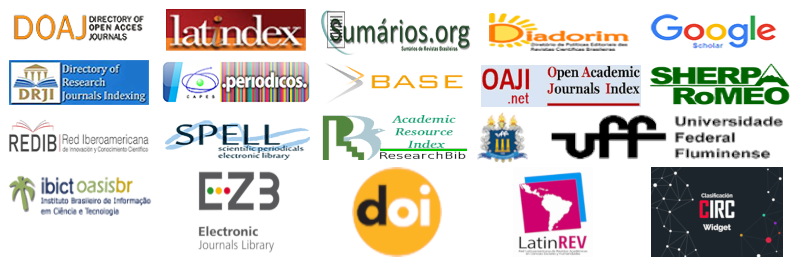The Triple Helix Promoting The IFRJ – Campus Engenheiro Paulo de Frontin - Entrepreneurial Ecosystem
DOI:
https://doi.org/10.20401/rasi.7.2.473Keywords:
Triple helix, entrepreneurial university, entrepreneurship, entrepreneurial ecosystemsAbstract
Knowledge-based Society demands new challenges for Educational Institutions whereas they emerge as change agents, making the Academy rise as a leading figure for economic, social and technological development. The present study aimed to analyze aspects regarding the rise of the technological entrepreneurial environment at a rural location and its relationship with academic entrepreneurship fomenting activities promoted by IFRJ - Campus Engenheiro Paulo de Frontin. The research is defined as an exploratory, qualitative case study with multiple data collect methods analyzed through the content analysis method. It was observed in the Campus a strategic move from the traditional academic model towards the entrepreneurial university model, proposed by the Triple Helix Model. Results alowed an academic entrepreneurship fomenting actions categorization, performed by the Campus, capable to promote an entrepreneurial Ethos that led to the creation of developing groups and startups in the studied academic environment. These actors start an external relationship net, that results in an incipient entrepreneurial ecosystem in its location. The study made possible the technological entrepreneurial ecosystem’s description that emerges in contrast to the rural characteristics of the Campus’ location, presenting the ecosystem’s strengths and improvement needs.
Downloads
Downloads
Published
Issue
Section
License
Copyright (c) 2021 Review of Administration, Society and Innovation

This work is licensed under a Creative Commons Attribution 4.0 International License.
RASI, in accordance with Law No. 9,610 of February 19, 1998, which amends, updates and consolidates Brazilian copyright law and makes other provisions, adopts the following conditions of the Copyright Assignment:
1. RASI maintains, with the transfer of copyrights, the possession of rights over the content published;
2. The author retains his moral rights of the content, including the right to be identified as the author whenever the content is published;
3. Despite the attribution of copyright, the author retains the right to reuse the material in future collections of his own work without encumbrance. The acknowledgments of the previous publication in the RASI are the only requirements in such cases;
4. The author may make photocopies of the content, or distribute it by electronic mail or fax, provided that they are intended for their own classes and for the purpose of meeting research objectives, provided that: (a) such copies are not resold and (b) reference to the original source of the publication and the name of the RASI are clearly indicated on all copies made of the document.










